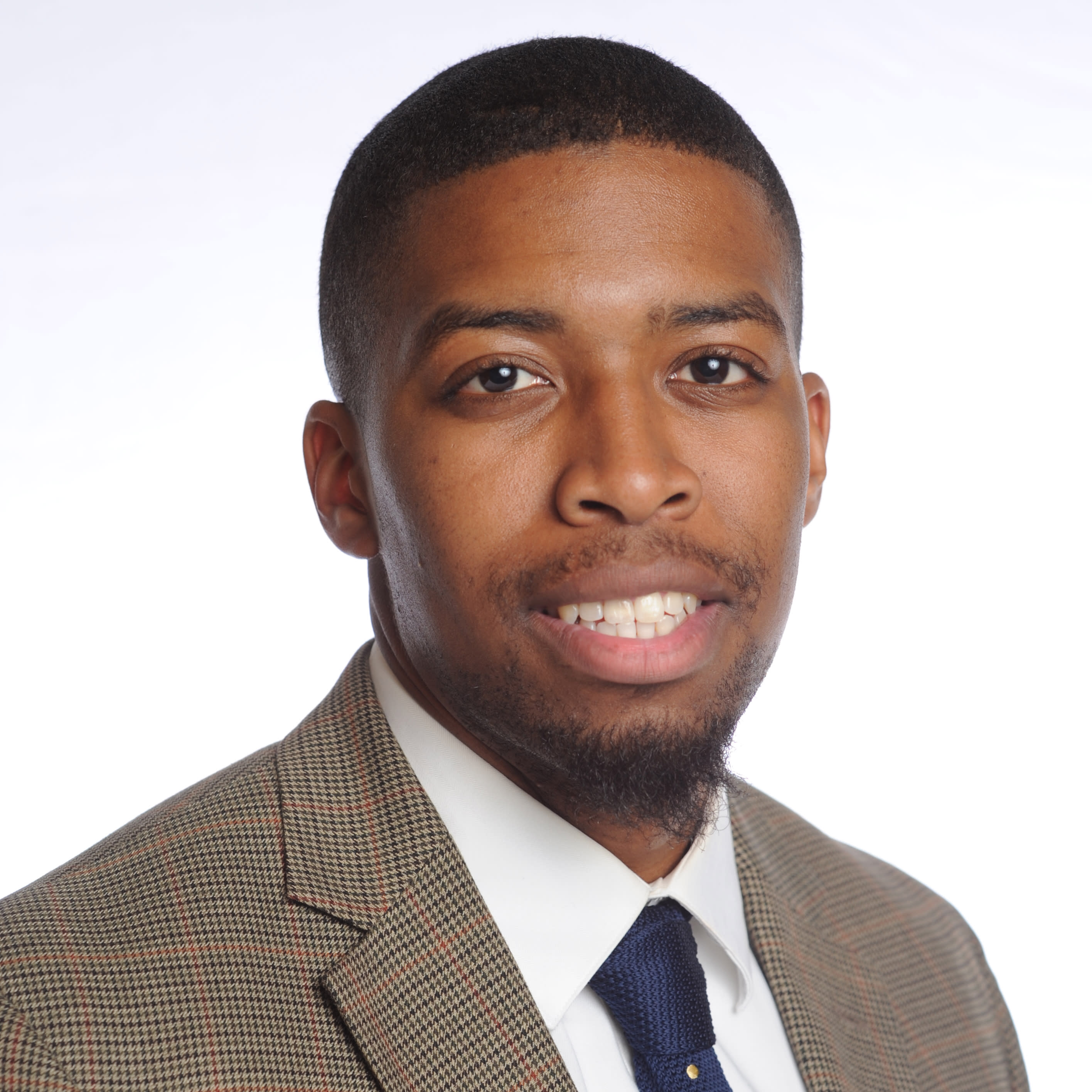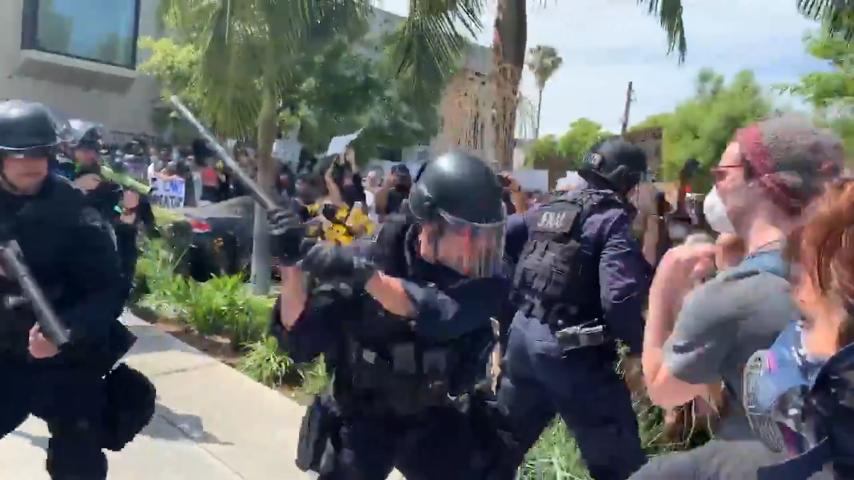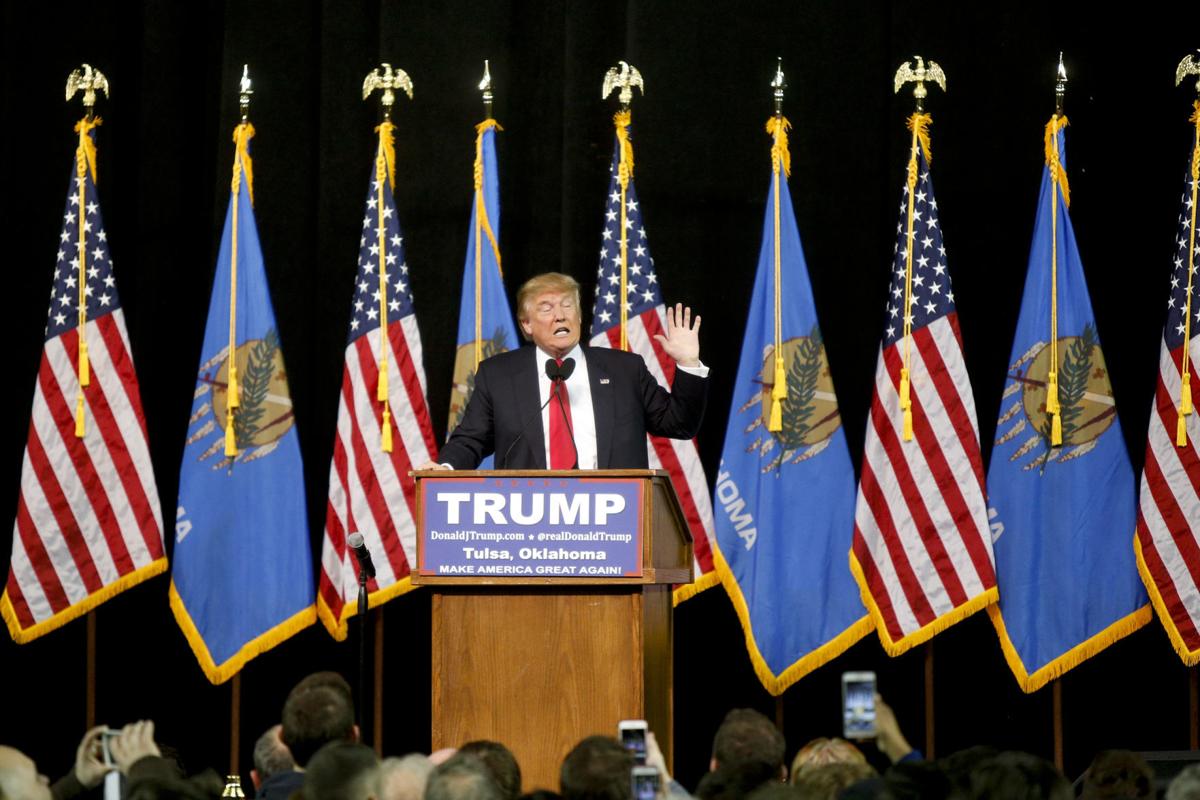‘I just don’t understand how any of them can sleep’: Parents of seven-year-old allegedly maced at Seattle protest speak out against police
Louise Hall,The Independent•June 15, 2020
The parents of a seven-year-old child who was allegedly sprayed with mace by police at a peaceful protest in Seattle have spoken out about the traumatising incident.
Footage of the protest that showed the boy screaming in pain while protesters attempt to help by using a milk-like substance to wash the child’s eyes went viral online at the beginning of June.
The video also shows protesters confronting the officers allegedly involved in spraying the child and asking for their badge numbers. One officer allegedly refused to give the protesters his badge number.
Mando Avery, the father of the seven-year-old, told The Guardian that he and his son had just finished praying with members of their church as part of a peaceful anti-racism protest when a police officer fired mace at the group which hit his son in the face.
When asked by the newspaper what he would say to police about the alleged incident he said: “I would say that you were targeting my boy.”
“I don’t know if you were trying to set an example and strike fear into him. You did a great job,” Mr Avery said.
The boy’s father also claimed that officers and a group of emergency medical technicians standing about a block away did not try to assist his son.
“No officer, who’s paid to protect, chose to stand up, break the ranks, go help this child,” he told the outlet.
“I just don’t understand how any of them can sleep.”
The child’s name is being withheld to protect his privacy.
The Guardian contacted the Seattle police department for comment, and was referred to the city’s Office of Police Accountability (OPA), which said it was expediting its investigation into the incident.
The OPA reportedly said the “child pepper spray case” was “currently being investigated. We should have a public update on the progress soon.”
The department reported at least 12,000 complaints, of which a majority were related to Mr Avery’s son, the newspaper reported.
Protesters who witnessed the scene and posted the video had previously called on people to file complaints with the department.
Shenelle Williams, the boy’s mother, told the newspaper that hearing her son’s scream was the “most gut-wrenching feeling”.
“I kind of feel like a failure as well,” she said, “because I feel like I couldn’t protect him, but there was nothing that we could do at that time to prevent it.”
The Seattle Police Department recently banned the use of tear gas at protests for 30 days.
The family have received some criticism online about bringing their young child to the protests, but said that when they arrived they had seen other families and young children, saying that it had initially felt “completely safe”.
“We just wanted to stand up for what was right,” Mr Avery said. “Ultimately our boys will become men and our daughters will become women. And they will ultimately have to face some of the same racial injustices. And enough is enough. Black lives matter,” he told The Guardian.
According to the newspaper, the family is working with a lawyer before deciding on the next steps going forward.
Evan Hreha, the 34-year-old hairstylist who filmed the footage of the alleged incident, told the newspaper that he confronted the officer he believed had maced the boy and said that he would post the video online.
Mr Hreha, said he was later arrested by police a week after posting the footage, with police alleging that he had pointed a laser in an officer’s eye.
There are currently no pending charges against Mr Hreha and no sign of any “documentation with any narrative about the incident that allegedly justified his arrest”, his lawyer, Talitha Hazelton said.
Mr Hreha, who is white, was reported to have been denied bail and held for two days. He told the newspaper that he believed his arrest was a response to him posting the footage online.
“It’s woken me up a bit,” he said. “It just kind of shattered that false narrative that was in my head that cops always protect and serve.”
The Guardian contacted the Seattle Police Department for comment, and was referred to the OPA, which said it did not know if a complaint had been received about Mr Hreha’s arrest.
Seattle Police Department referred a further request for comment to the city attorney, according to the report, which said the police department had not yet referred the case.
The Independent has contacted the Seattle Police Department for comment.
The Seattle police were accused of macing a 7-year-old boy at a Black Lives Matter protest. The protester who filmed the aftermath was held in jail for 2 days a week later.
INSIDER•June 15, 2020

The Seattle police were accused of macing a 7-year-old boy at a Black Lives Matter protest. The protester who filmed the aftermath was held in jail for 2 days a week later.
INSIDER•June 15, 2020

Video captured at a Seattle Black Lives Matter protest on May 30 showed a young boy who was said to have been sprayed with mace by the police.
Screenshot/Evan Hreha
A Seattle protester who captured video of a distressed young boy who was said to have just been maced in the face by the police at a Black Lives Matter demonstration on May 30 was himself arrested a week later.
Evan Hreha had posted the video to social media. The video caused 11,000 complaints to be filed to Seattle's Office of Police Accountability, Seattle's Komo News reported.
Hreha attended another peaceful protest in Seattle on June 7. Following the protest, he told The Guardian, he was confronted by several officers who told him he "had been identified as someone who pointed a laser in an officer's eye." He was denied bail and held for two days in jail but was not charged with a crime.
Hreha told the outlet that he believed his arrest was in retaliation for the video he captured of the young boy.
Video footage captured at a Seattle protest on May 30 showed a small child in distress.
The footage was posted online by a man named Evan Hreha, who attended the Black Lives Matter demonstration and said the child in the video had just been maced by the police.
"First person maced is a little girl," Hreha wrote in a caption alongside the video, originally mistaking the young child for a girl. "What the f--- is wrong with you people."
Several days later, after he had attended another Black Lives Matter protest, Hreha was arrested on suspicion of unlawful discharge of a laser. He was held in jail for two days before being released, according to King County Jail records.
Hreha, who was not charged with a crime, told The Guardian that he believed his arrest was in retaliation for the video.
"It just kind of shattered that false narrative that was in my head that cops always protect and serve," Hreha told the outlet.
What happened at the protests

Screenshot/Evan Hreha
A Seattle protester who captured video of a distressed young boy who was said to have just been maced in the face by the police at a Black Lives Matter demonstration on May 30 was himself arrested a week later.
Evan Hreha had posted the video to social media. The video caused 11,000 complaints to be filed to Seattle's Office of Police Accountability, Seattle's Komo News reported.
Hreha attended another peaceful protest in Seattle on June 7. Following the protest, he told The Guardian, he was confronted by several officers who told him he "had been identified as someone who pointed a laser in an officer's eye." He was denied bail and held for two days in jail but was not charged with a crime.
Hreha told the outlet that he believed his arrest was in retaliation for the video he captured of the young boy.
Video footage captured at a Seattle protest on May 30 showed a small child in distress.
The footage was posted online by a man named Evan Hreha, who attended the Black Lives Matter demonstration and said the child in the video had just been maced by the police.
"First person maced is a little girl," Hreha wrote in a caption alongside the video, originally mistaking the young child for a girl. "What the f--- is wrong with you people."
Several days later, after he had attended another Black Lives Matter protest, Hreha was arrested on suspicion of unlawful discharge of a laser. He was held in jail for two days before being released, according to King County Jail records.
Hreha, who was not charged with a crime, told The Guardian that he believed his arrest was in retaliation for the video.
"It just kind of shattered that false narrative that was in my head that cops always protect and serve," Hreha told the outlet.
What happened at the protests

Protesters shouting at law-enforcement officers on May 30 in Seattle.
Karen Ducey/Getty Images
Hreha had been attending a Black Lives Matter protest in Seattle on May 30. Mando Avery was also there with his family, including his 7-year-old son, he told The Guardian.
Mayor Jenny Durkan announced a 5 o'clock curfew that night to quell protests inflamed by the death of George Floyd, who was killed following an arrest in which a police officer knelt on his neck for nearly nine minutes. According to The Seattle Times, Gov. Jay Inslee of Washington activated the National Guard shortly after the curfew began.
The day began with several peaceful rallies, though police officers used flash bangs and tear gas to break up crowds that continued protesting into the evening. There were reports of break-ins and looting in downtown Seattle. Seattle's police chief, Carmen Best, said in a statement that 27 people were arrested that evening.
Hreha told Komo News that around the time he shot his video, roughly 50 people were "facing off against the cops" at about 3 p.m. during a peaceful protest at Seattle's Westlake Park.
But Avery told The Guardian the police turned on the protesters seemingly unprovoked. He said his 7-year-old son was hit in the face with mace.
"I would say that you were targeting my boy," Avery told The Guardian, addressing the police. He said he didn't know whether the police "were trying to set an example and strike fear" into his son but was most upset that no officers or medical technicians stepped in to help.
Hreha's video begins with the young boy clutching onto his father while screaming. Several protesters attempt to spray the boy with water, while another appears to douse him in milk to try to stop the burning.
According to Komo News, Hreha's video caused 11,000 complaints to be filed to Seattle's Office of Police Accountability.
Andrew Myerberg, the director at the Office of Police Accountability, told Komo News the agency would be "actively investigating" an officer believed to have been involved in the incident.
On June 7, Hreha attended another protest, where he told The Guardian he helped hand out free hot dogs to demonstrators.
Hreha told the outlet he was surrounded and arrested on his way home by several officers and "had been identified as someone who pointed a laser in an officer's eye" during the protest, an allegation he denies.
The King County prosecuting attorney said in a tweet on June 8 that charges were not filed against Hreha but that the Seattle Police Department would be sending the case to Seattle Municipal Court "for consideration of a misdemeanor charge."
The Seattle Office of Police Accountability did not immediately respond to Insider for comment about the macing allegation and Hreha's allegation of retaliation.
Read the original article on Insider
Karen Ducey/Getty Images
Hreha had been attending a Black Lives Matter protest in Seattle on May 30. Mando Avery was also there with his family, including his 7-year-old son, he told The Guardian.
Mayor Jenny Durkan announced a 5 o'clock curfew that night to quell protests inflamed by the death of George Floyd, who was killed following an arrest in which a police officer knelt on his neck for nearly nine minutes. According to The Seattle Times, Gov. Jay Inslee of Washington activated the National Guard shortly after the curfew began.
The day began with several peaceful rallies, though police officers used flash bangs and tear gas to break up crowds that continued protesting into the evening. There were reports of break-ins and looting in downtown Seattle. Seattle's police chief, Carmen Best, said in a statement that 27 people were arrested that evening.
Hreha told Komo News that around the time he shot his video, roughly 50 people were "facing off against the cops" at about 3 p.m. during a peaceful protest at Seattle's Westlake Park.
But Avery told The Guardian the police turned on the protesters seemingly unprovoked. He said his 7-year-old son was hit in the face with mace.
"I would say that you were targeting my boy," Avery told The Guardian, addressing the police. He said he didn't know whether the police "were trying to set an example and strike fear" into his son but was most upset that no officers or medical technicians stepped in to help.
Hreha's video begins with the young boy clutching onto his father while screaming. Several protesters attempt to spray the boy with water, while another appears to douse him in milk to try to stop the burning.
According to Komo News, Hreha's video caused 11,000 complaints to be filed to Seattle's Office of Police Accountability.
Andrew Myerberg, the director at the Office of Police Accountability, told Komo News the agency would be "actively investigating" an officer believed to have been involved in the incident.
On June 7, Hreha attended another protest, where he told The Guardian he helped hand out free hot dogs to demonstrators.
Hreha told the outlet he was surrounded and arrested on his way home by several officers and "had been identified as someone who pointed a laser in an officer's eye" during the protest, an allegation he denies.
The King County prosecuting attorney said in a tweet on June 8 that charges were not filed against Hreha but that the Seattle Police Department would be sending the case to Seattle Municipal Court "for consideration of a misdemeanor charge."
The Seattle Office of Police Accountability did not immediately respond to Insider for comment about the macing allegation and Hreha's allegation of retaliation.
Read the original article on Insider













